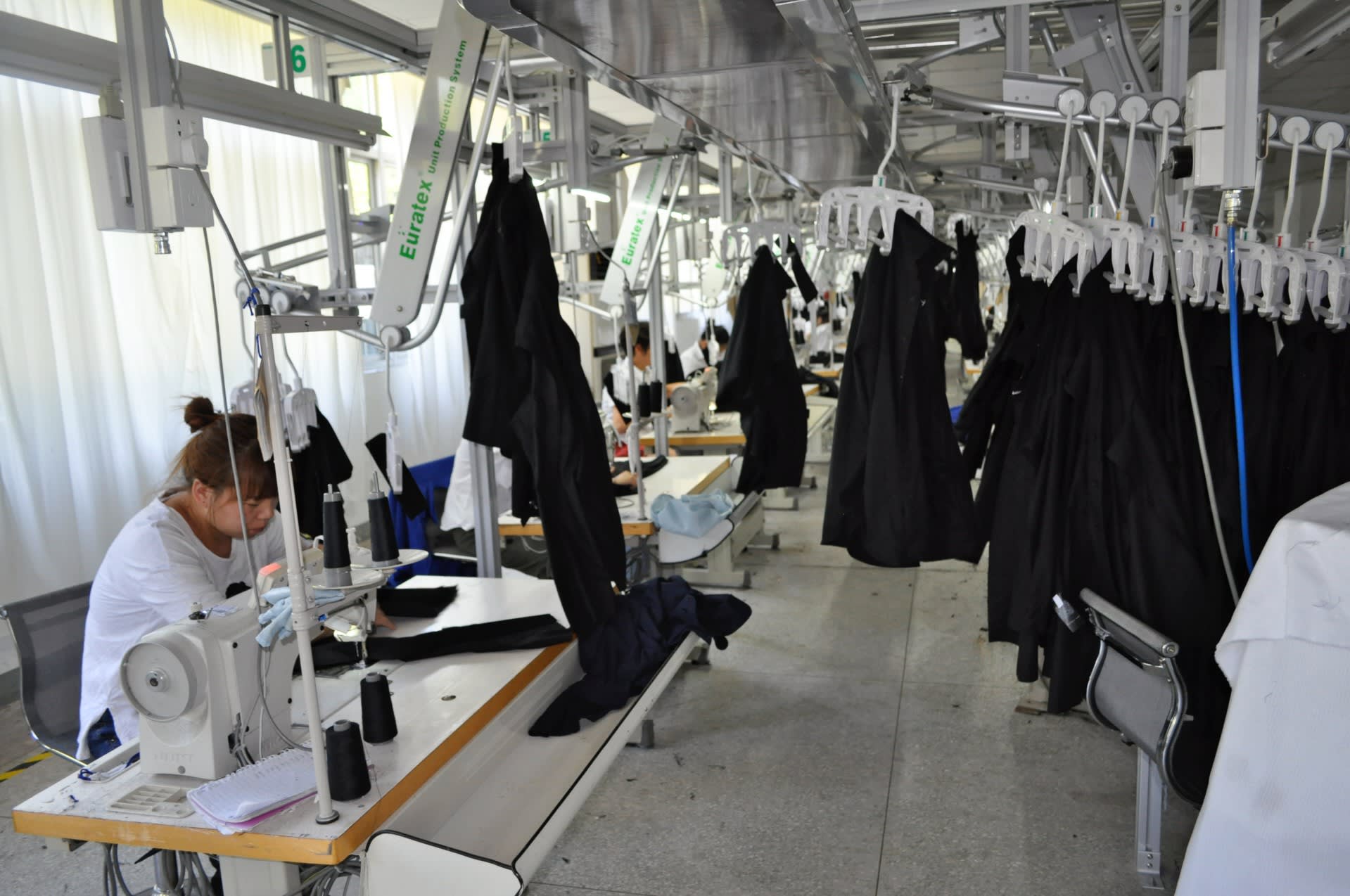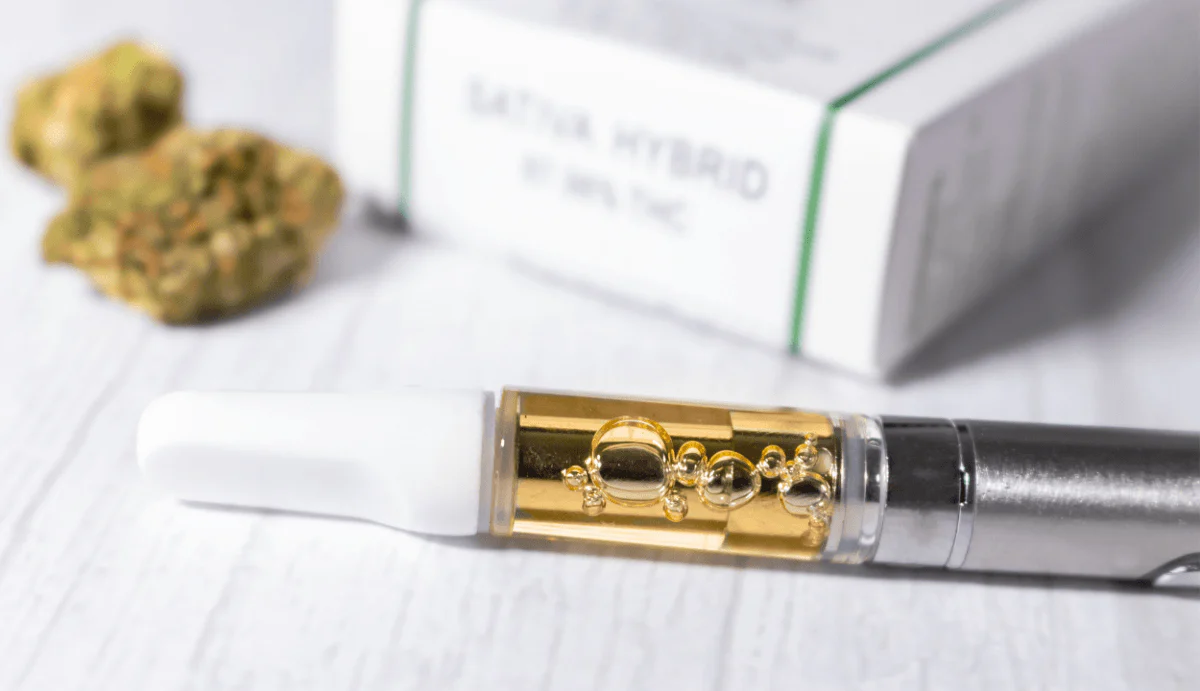Simply calling is not enough to get rid of an old or unused spa. Before the actual process starts, homeowners need to do a few things to make sure it goes smoothly and safely. Getting the area around the tub ready, turning off utilities, and making plans for access can all save time and trouble. The more prepared and knowledgeable you are ahead of time, the better it will go. Whether you’re improving your outside space or just getting it back, it’s important to get ready. Knowing what to expect might also help you avoid delays or extra costs that could have been avoided with a little planning. Before you set up the hot tub removal, take some time to plan.
Look into Utility Disconnections
First, make sure that the spa is totally cut off from both water and power. You need to be careful when you cut power at the main breaker and switch off any dedicated circuits. If you’re not sure, it’s advisable to have an electrician check that the power is off. Any water or moisture left behind can make the process of getting rid of it tougher and heavier than it needs to be. Before any personnel show up to transfer the unit, make sure everything is dry and not attached.
Get the Access Path Ready
One of the most important things that people forget to do is to make room for removal. Think of fences, gates, or small paths that could get in the way of progress. Make sure there is enough space for safe passage if the unit is in a backyard. You may need to take apart part of a big or heavy tub. You should move landscaping elements, furniture, and outside buildings well in advance. Having a team that knows how the hot tub removal halfway through this period makes planning easier and results in fewer surprises.
Check for Damage Risks
Older tubs, especially ones that have been outside for a long time, may have frames that are weaker or surfaces that are broken. When you raise or move these, they can break, which makes them more dangerous. Check for signs of wear by walking around the unit. Before the work starts, let the removal staff know about any soft spots or structural problems. This helps them get ready with the correct equipment and methods to do the job attentively. Finding these problems early on lowers the risk of damage to neighboring places during the procedure.














